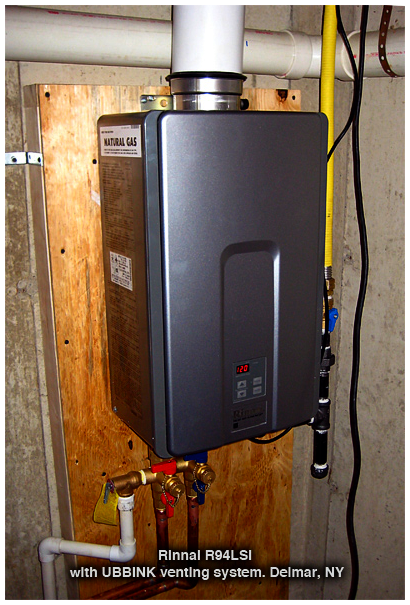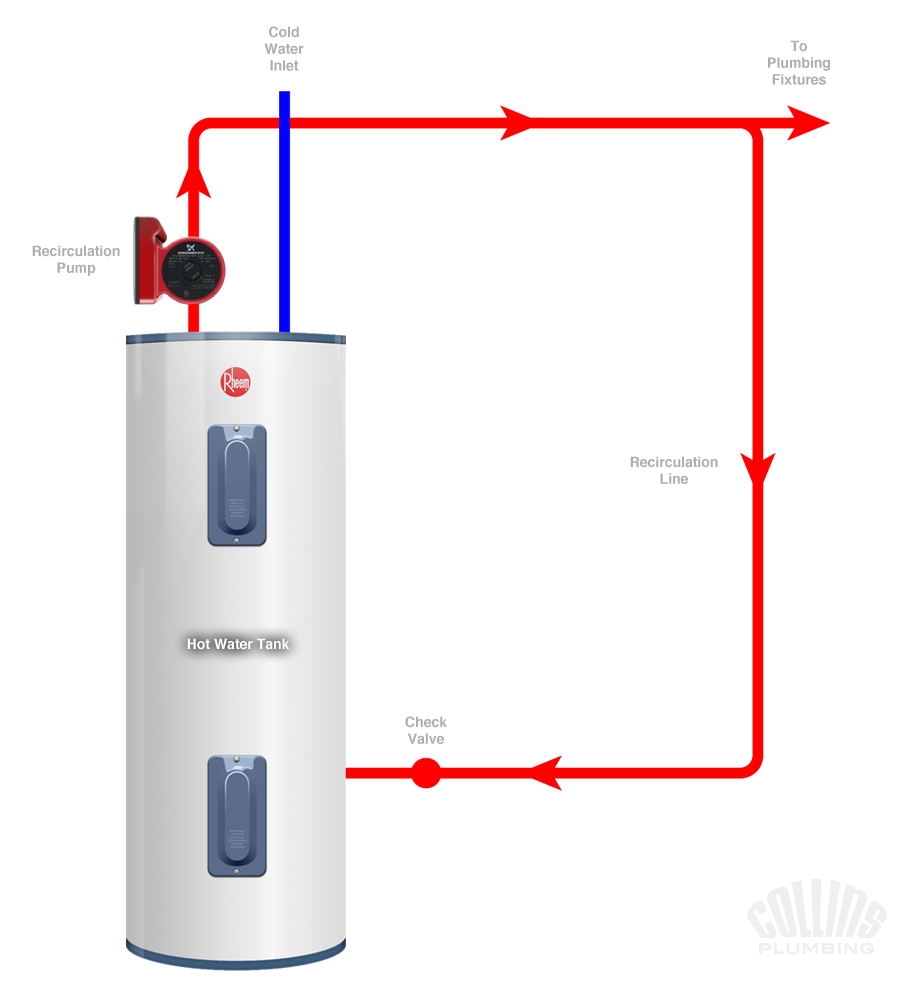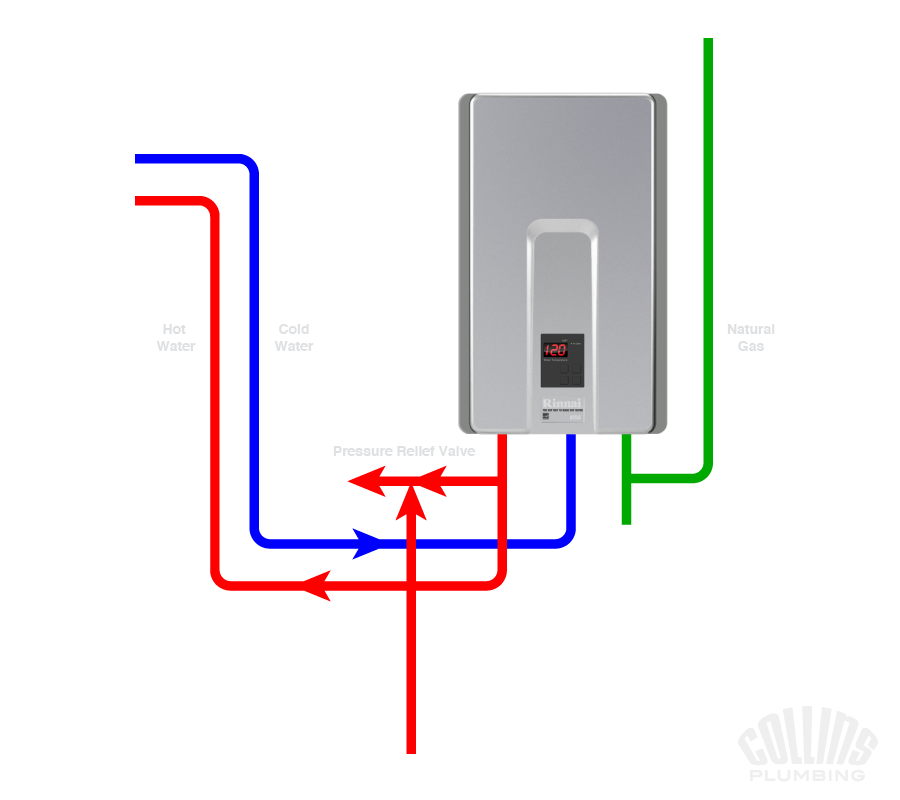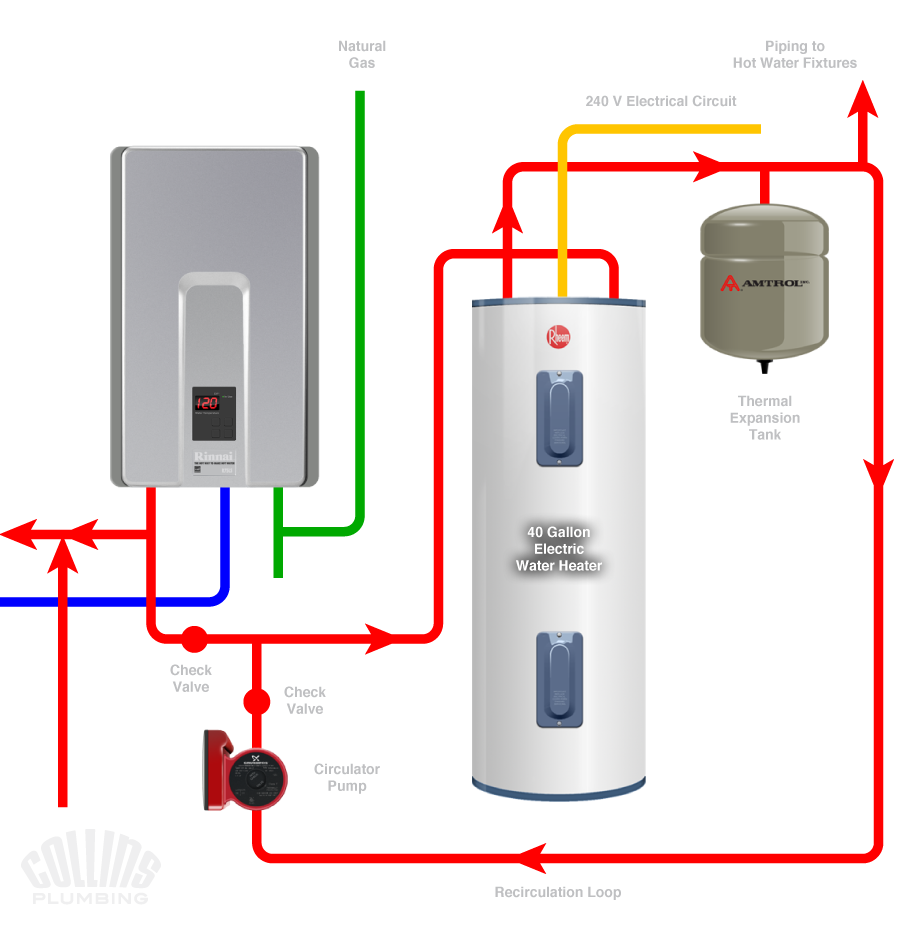Is a tankless water heater a good choice for my home?

Yes, they work very well, when they're installed in the right application. Now it's the second part of that last sentence that's caused a bit of confusion and also not a small amount of buyer regret.
Tankless water heaters are essentially what's known in the plumbing supply business as a "point of use" water heater, of course no one says that publicly, what that means is that they're meant to be located very close to the plumbing fixture, whether it's a sink or shower, and to serve only that fixture or perhaps other ones located very closely.
And that's how you find them in Europe or Japan, they're usually right located in the bathrooms themselves or often on the exterior wall nearby.
But they're not marketed as such in the US. The "whole house tankless water heater" concept is very much an American invention, and although it works perfectly when installed in some homes, it performs very poorly in others, and almost all of this is a result of locating the unit in the basement, where water heaters usually reside.
The reason for this is that any tankless water heater, no what matter the size, is incapable of providing hot water at the same speed as a traditional water heater. It's fairly simple to understand, with a storage or "tank" type water heater, the water is already warmed, and when you open a tap, it's headed your way, and arrives fairly shortly, at the same speed as the cold water side.
However, a tankless water heater has to heat the water as it's coming in, and here in Upstate NY, that means raising the temperature of incoming water that's about 40º up to 120º, that's the temperature your own water heater is probably set at, and what you're used to.
Tankless heaters simply can't replicate that speed, and without going into flow rates, heat exchangers and countless other things that no reader really cares about, the end result is that if you have a larger two story home, and you decide to install a tankless in the basement, you're going to be waiting a full minute or more for hot water to get to a second story bathroom.
Now for a shower, or filling a tub, that's not really a big deal. But can you imagine wanting to wash your hands and waiting a minute each time you do it? Lots of people who have converted to tankless are doing just that.
And a larger problem presents itself when we look at the hot water supply to appliances, most modern dishwashers and clothes washers are designed to use a lot less water than those sold in the past. And what we end up with when we have an improperly installed tankless water heater is usually a washing machine or dishwasher that's already filled up and running before the hot water even gets to it. All the hot water heated by the tankless is still sitting in a pipe, you paid for it, but you won't be using it.
This isn't a problem that just affects tankless heaters, it also happens whenever you locate any water heater too far away from the point of use. To solve that problem, plumbers usually utilize a concept known as recirculation, which involves installing a small circulator pump and either a recirculation loop or special valves that use existing cold water piping to recirculate the hot water so that there's hot water immediately whenever you open a faucet.
Let's take a look at how we do that with a conventional water heater…

See how easy it is? Since the hot water piping is always filled with hot water you get it immediately whenever you open a tap. You can even chose between pumps that maintain your loop at a consistent temperature or ones with a timer that you can set for when you get up, or when you get home. These are really only a low head circulator pump, much like you use in a boiler, just modified a little bit.
Now let's look at our Rinnai tankless heater, that's the one we installed in the opening picture.

Water going in, water going out. Nothing simpler, this is a tankless installation that provides a real benefit, the unit was located around 8' from the kitchen and less than 20' from the master bathroom, and that's the real reason that it was installed, as there was a whirlpool tub that couldn't be filled with the existing 50 gallon water heater, as well as another 40 gallon heater feeding a guest bathroom.
That's 90 gallons of water being heated 24/7/365, and with only the owner living in the home. This is a perfect home for a tankless solution, and we're going to save this guy around 400 dollars a year in natural gas costs by doing this.
But what if he wanted a tankless heater, and owned a larger home, and needed a recirculation option to make it worth doing? Let's look at how Rinnai and other manufacturers make us install this, it's not a choice, they cut the warranty coverage in half if you don't install it the way they want you to. There are legitimate mechanical reasons for this, as you really don't want the unit firing every time the circulator starts up. But lets virtually install this and see what it's gonna look like…

That's 90 gallons of water being heated 24/7/365, and with only the owner living in the home. This is a perfect home for a tankless solution, and we're going to save this guy around 400 dollars a year in natural gas costs by doing this.
But what if he wanted a tankless heater, and owned a larger home, and needed a recirculation option to make it worth doing? Let's look at how Rinnai and other manufacturers make us install this, it's not a choice, they cut the warranty coverage in half if you don't install it the way they want you to. There are legitimate mechanical reasons for this, as you really don't want the unit firing every time the circulator starts up. But lets virtually install this and see what it's gonna look like…

Good Lord, take a look at this. Now our simple tankless conversion has a 40 gallon electric water tank plumbed in series acting as a buffer tank, the energy consumption from that unit alone totally wipes out any savings from our new tankless heater. That and we now have two thermostats, two electrical elements and a circulator pump to maintain, and we still have to wire electrical power to both the new electric tank and the circulator pump.
As a plumber, I just really can't warm up to this, no pun intended. In a scenario like this we would have taken out a traditional water heater that although isn't the most glamorous thing in the world, had probably provided hot water through it's entire service life at a reasonable purchase price and annual cost and never needed even one service call. This solution, if anyone really needed one, is just far too expensive and complicated.
Some tankless manufacturers have listened to complaints about this problem, and responded by installing both buffer tanks as well as recirculation pumps in their water heaters. The Navien tankless heaters are a great example of this. It's not really a bad idea, but since these tanks are only about the size of a large soda bottle it really doesn't help us much with feeding those dishwashers and washing machines.
Let's finish this off with a fast summary, I know this has been a long read.
Tankless water heaters are a great choice when…
Tankless heaters are a poor choice when…
When replacing a traditional water heater that's located in the basement, unless it's a single story home.
Hope this helps,
Chris
As a plumber, I just really can't warm up to this, no pun intended. In a scenario like this we would have taken out a traditional water heater that although isn't the most glamorous thing in the world, had probably provided hot water through it's entire service life at a reasonable purchase price and annual cost and never needed even one service call. This solution, if anyone really needed one, is just far too expensive and complicated.
Some tankless manufacturers have listened to complaints about this problem, and responded by installing both buffer tanks as well as recirculation pumps in their water heaters. The Navien tankless heaters are a great example of this. It's not really a bad idea, but since these tanks are only about the size of a large soda bottle it really doesn't help us much with feeding those dishwashers and washing machines.
Let's finish this off with a fast summary, I know this has been a long read.
Tankless water heaters are a great choice when…
- Located in close proximity to bathrooms, laundry rooms or kitchens.
- Used to replace multiple traditional water heaters.
- Used to supply hot water to larger jacuzzi or whirlpool tubs.
- When installed in smaller units like condos or vacation properties, where the unit can be located close to the point of use.
Tankless heaters are a poor choice when…
When replacing a traditional water heater that's located in the basement, unless it's a single story home.
Hope this helps,
Chris
